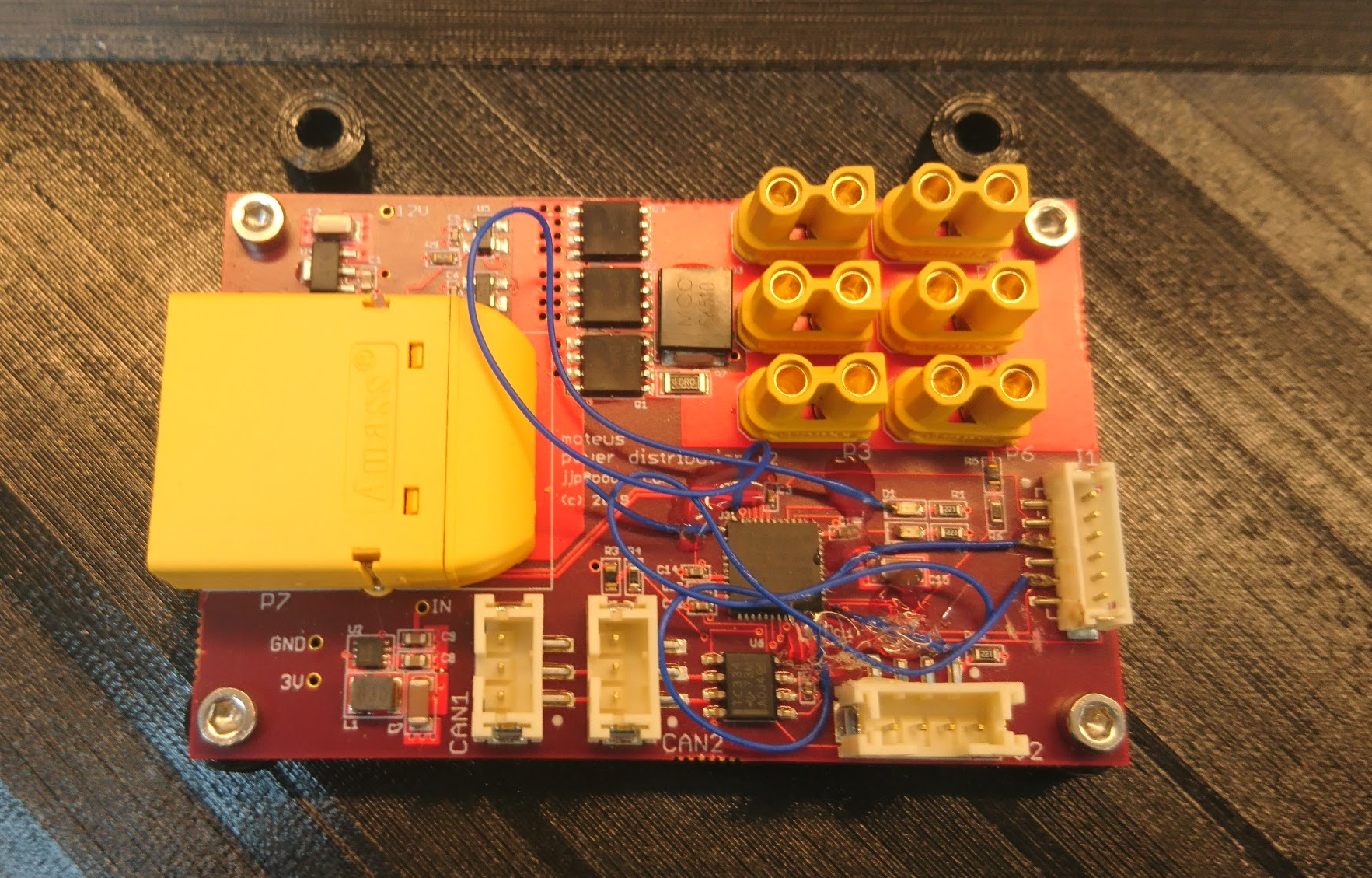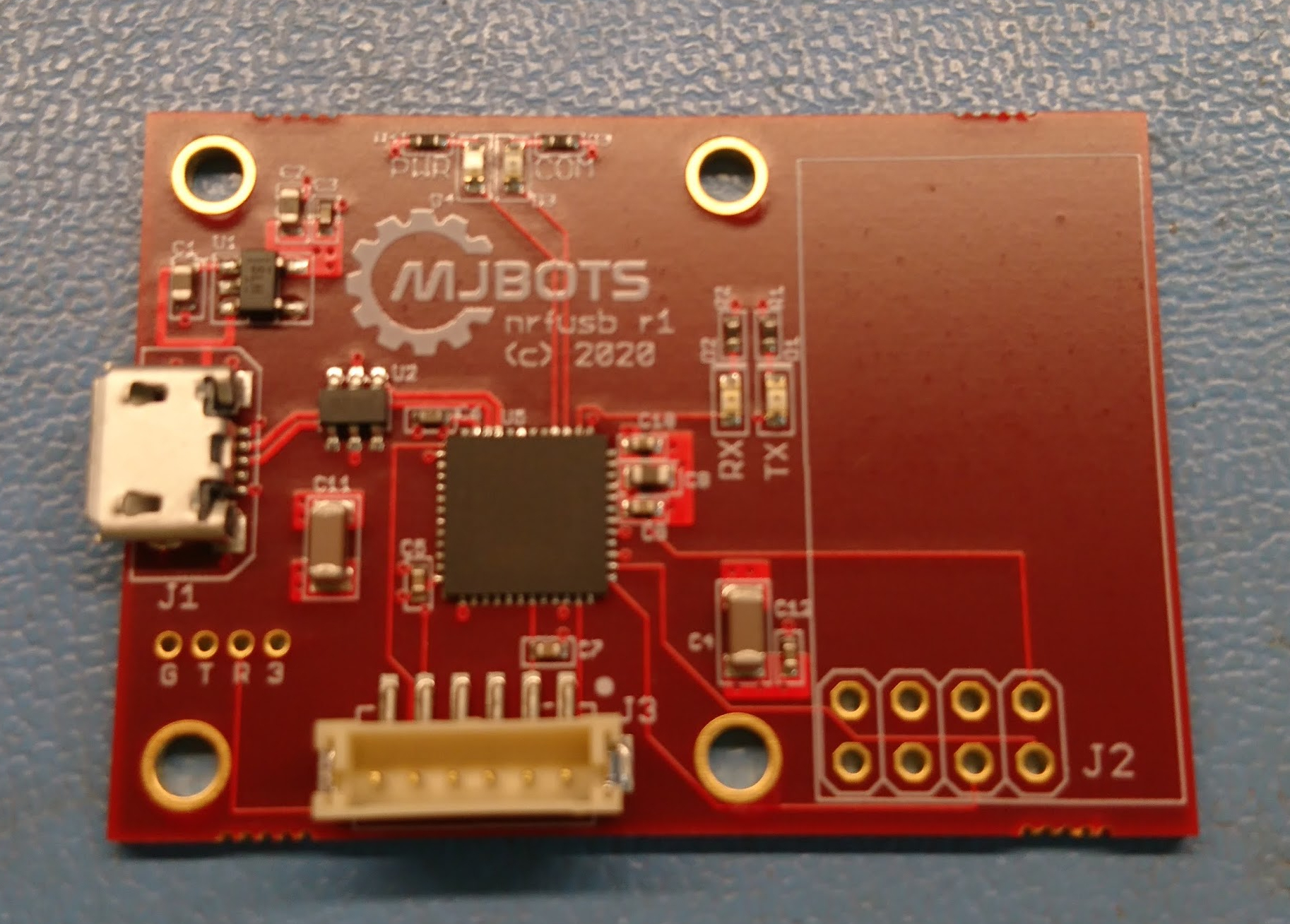Leg zeroing fixture
As part of provisioning a quad A1, or anytime the mechanical configuration has been changed, I need to go and record where the zero position of all the joints is. The “0” position for the software now is with the shoulders perfectly horizontal, and the upper and lower leg sticking straight down.
Up until now, every time I’ve done this it has just been by eyeballing and with lots of foam and bubble wrap to shim things into place long enough to record the level. Sometimes I had to go back and try a few times, as even determining when something is straight is not, well, straightforward.



